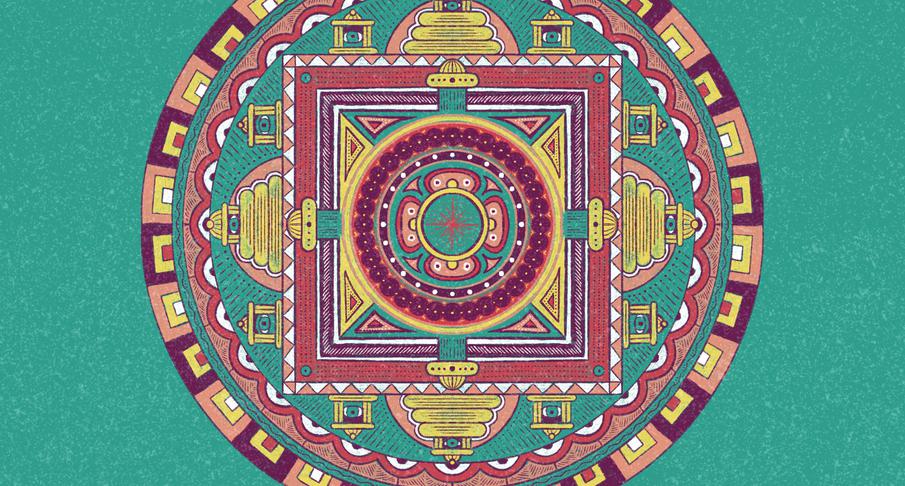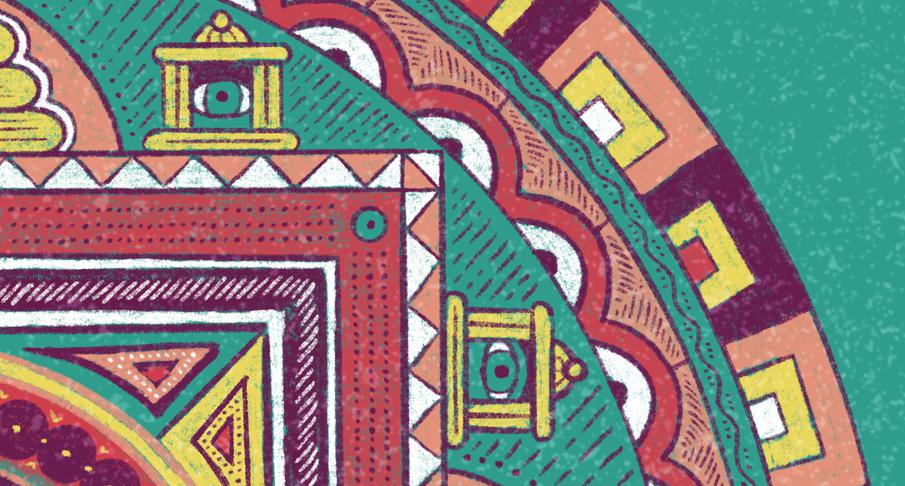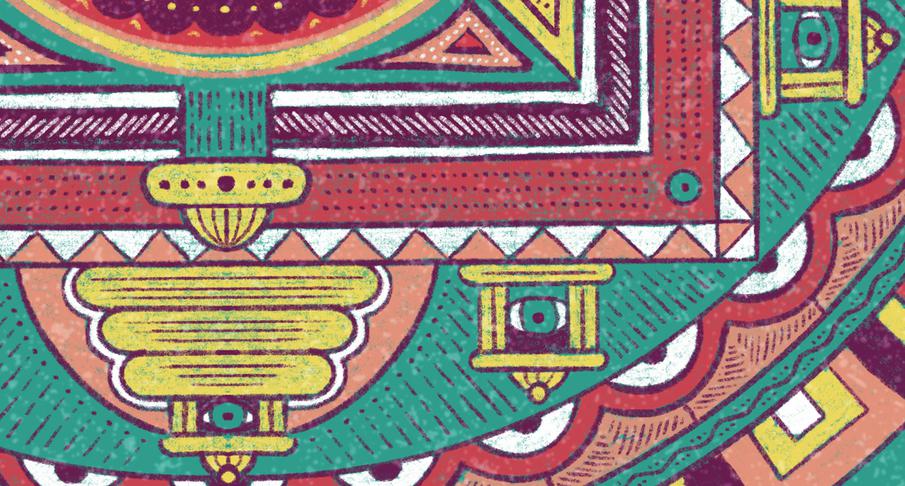
Peopledesign
The Built Environment
Furniture
Lighting
Textiles/Upholstery
Flooring/Carpet
Building Materials
AE Firms
Achieving Balance
Achieving Balance
Balancing internal culture, external customers, and industry shifts is nice. It's also necessary.
Organizations, employees, and customers should be in balance. The symbiotic relationship between these three entities is vital for stability, growth, and long-term success. It isn’t easy to achieve and maintain. When organizations get out of sync with the people they serve, internal or external, the outcome can be destructive. Organizations or whole industries that are off-balance tend to fall without a correction. Achieving balance isn’t easy, but it should be the goal.

Internal Imbalance
Amazon says its mission is to be “Earth’s most customer-centric company,” continuing to push boundaries in service of its goal in new ways. Its drive has led to the reinvention of whole categories. In the wake of these changes, customer expectations have been altered for both consumer and business-to-business companies. Amazon has revenues that rival a small country and is often held up as an example for many.
Amazon’s success has come at a cost to some of its employees. In 2018, Amazon workers in the U.S. and Europe went on strike to highlight poor working conditions. The National Council backed this sentiment for Occupational Safety and Health, which listed Amazon as one of the most dangerous places to work in the U.S. due to its warehouse conditions. The following year, the New York Committee for Occupational Safety & Health surveyed Amazon warehouse employees in Staten Island. Out of the 145 surveyed, sixty-six percent stated feeling physical pain while working. Forty-two percent said they felt pain even when not working. While the company has thrilled many investors and customers, Amazon risks not accounting for its employees.
The imbalance is unsustainable, even for Amazon. Communication technology and social media make problems more visible and harder to ignore. Amazon’s brand reputation was beginning to be shaped by a public backlash. By 2020, additional pressures from the COVID-19 pandemic led Amazon’s founder Jeff Bezos to announce that the company would spend billions on coronavirus-related expenses like worker protection. He told investors that they “may want to take a seat” as he told them they plan to spend all of the profits from the next few months on these efforts. Whether the health crisis directly spurred these changes or just sped them along, Amazon seeks to restore balance.

External Imbalance
By the second quarter of 2019, Facebook had 2.41 billion monthly active users, a steady increase for over a decade. Facebook’s iconic growth represents the explosion of social media in general, tools purportedly designed to connect people and communities. Despite a narrative of bringing people together, the growth of social media coincides with a dramatic rise in anxiety, depression, and suicide among adolescents in the U.S. and beyond. The National Institutes of Health report that nearly one in three kids, ages 13 to 18 will experience an anxiety disorder, a 20% rise between 2007 and 2012.
Social media may not be the sole cause of this crisis, but many experts recognized these platforms as a strong contributor as the “constant connection” impacts self-esteem and their worldview. Social media may have been designed to bring people together but is also having a negative societal impact by contributing to this increase in anxiety and depression.
The imbalance between intended and real consequences of technology on its users is pressuring social media platforms to better understand the real impact. More recently, the social unrest arising from the death of George Floyd, Black Lives Matter, and the changing political landscape have further challenged these companies, which thrive in a virtual space, to better understand how their products affect real people.

Industry Imbalance
Industry imbalances cause seismic shifts for both companies and customers. Higher Education is a great example. The promise of a college degree is a higher-paying job – which is largely true. As of 2017, the U.S. Bureau of Labor Statistics puts the median weekly earnings of a high school graduate at $712, while the median for a bachelor's degree is $1,173. Unemployment rates have been lower for those with bachelor’s degrees at 2.5%, comparing 4.6% for people with only a high school degree.
However, if we compare the rise of tuition to early-career salaries, a massive gap appears. From 1987 to 2016, the average undergraduate degree price increased by 161%. In hard numbers, adjusted for inflation, that’s $39,643 in 1987 to $103,616 in 2016. Over the same period, the average salary for a recent college graduate only saw a 2.3% increase – $49,406 to $50,556.
While a college degree can lead to a better salary, it can take more than a decade for many people to pay for their education, making it increasingly questionable if the degree was worth it. The impact of imbalance is being felt throughout our economy as young people struggle to invest in homes and lack disposable income as they struggle with student debt that outweighs their income. The education industry imbalance may be ready for course correction for many of its customers.
Achieving Balance
Holding your balance is hard. It takes practice, patience, and perspective. It means seeing and knowing, skill, reaction time, technical ability, and nuance like juggling. It’s not easy, but balance is the goal. It’s nice, but it’s also necessary. Organizations are made to serve people, and things that don’t work for people don’t work at all.
Creating a balance between organizations and the individuals they serve, whether employees or customers, positively impacts everyone involved and contributes to developing a healthier society.